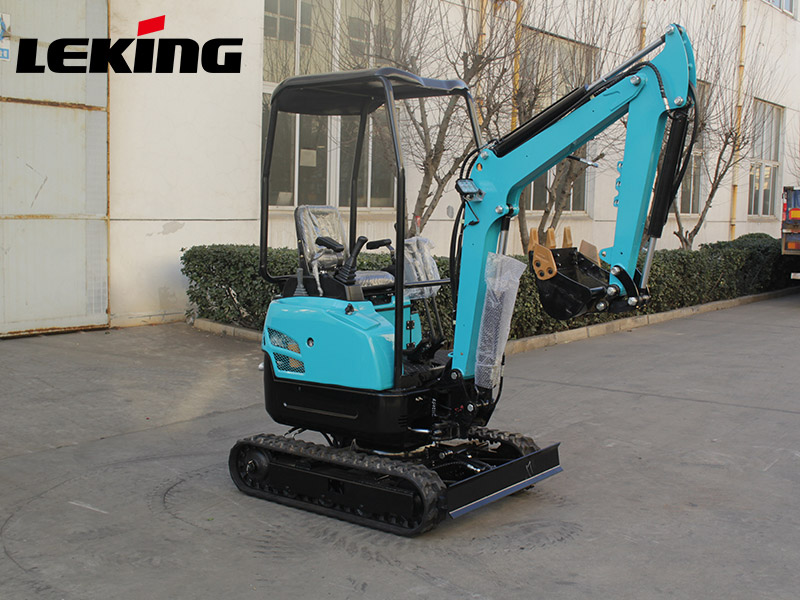
Small excavators are small in size and easy to turn, and are more and more popular. However, after being bought, it will take a period of time to run in to work well. So what should you pay attention to during the break-in period?
1. After purchasing a mini excavator, the operator should read the instructions carefully, have a full understanding of the structure and performance of the machine, and obtain certain operation and maintenance experience before operating the machine.
2. Due to the influence of the processing, assembly and adjustment of new machine parts, the friction surface is rough, the contact area of the mating surface is small, and the surface stress state is uneven. During the operation of the machine, the concave and convex parts on the surface of the parts embed and rub against each other, and the falling metal chips continue to participate in the friction as abrasives, which further accelerates the wear of the mating surfaces of the parts. Therefore, the parts (especially the mating surfaces) are easy to wear during the running-in period, and the wear rate is fast. Therefore, the running-in period of the mini excavator cannot be overloaded and cannot exceed 60% of the rated working load, so as to avoid the loss of parts.

3. During the running-in period, the sealing of the whole machine should be checked frequently, and the lubrication of each part should be done well.
4. Regularly check the level and quality of lubricating oil, hydraulic oil, coolant, brake fluid, and fuel (water), and pay attention to check the tightness of the whole machine.
5. During operation, maintenance or refueling is not allowed. When the bottom of the machine needs to be repaired, the internal combustion engine should be turned off and the machine should be braked with the brakes.
6. After the running-in period stops, the machine should be maintained and the oil should be changed. The maintenance of the mini excavator during the running-in period plays a crucial role in the service life of the machine. Pay attention to the maintenance during the run-in period, which can reduce mechanical failures and prolong the service life.